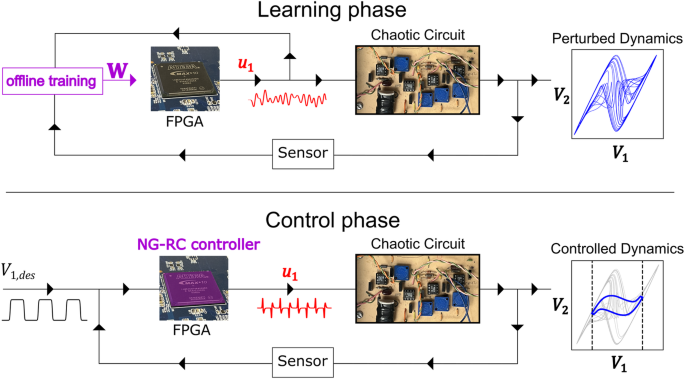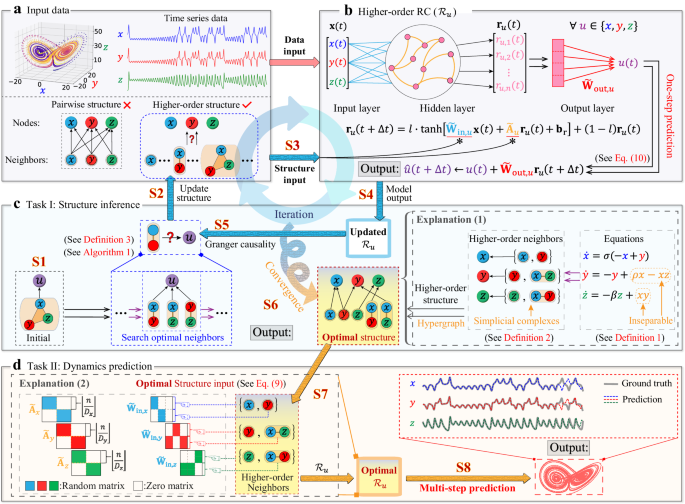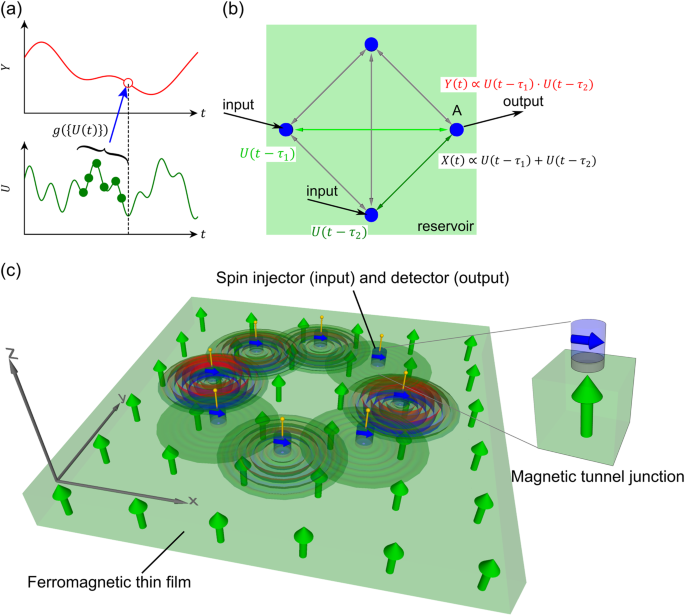Controlling chaos using edge computing hardware
An overview of our prototype chaotic circuit and nonlinear control system is shown in Fig. 1. The chaotic circuit (known as the “plant” in the control literature) consists of passive components including diodes, capacitors, resistors, and inductors, and an active negative resistor realized with an operational amplifier that can source and sink power to the rest …



